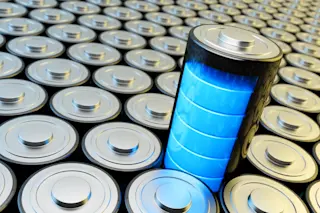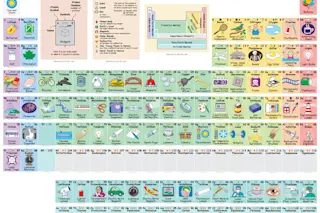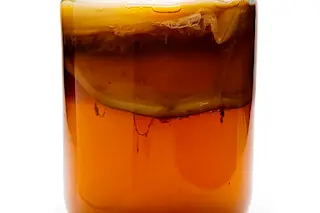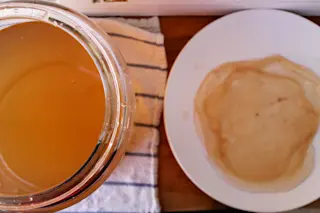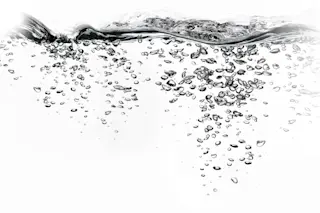Researchers have created a strong, light-weight ceramic inspired by the composition of seashells, and say their new material could one day replace the aluminum alloys used in aerospace engineering. A seashell may seem like a fragile thing, but the iridescent mother-of-pearl coating on the inside of many shells has surprising toughness.
Natural mother-of-pearl, also known as nacre, has a brick-and-mortar structure: Layers of "bricks" made from a calcium carbonate mineral are held together by thin films of a biopolymer "mortar" such as chitin [Chemical & Engineering News].
Researchers have tried to mimic this brick-and-mortar structure for years, but
copying natural laminated materials has proved difficult, despite the best efforts of many researchers, says [lead researcher] Robert Ritchie.... Those best efforts have resulted in only very thin films, not bulk specimens with real-world practicality [New Scientist].
Now, researchers have come up with an ingenious way to produce a synthetic in large ...






